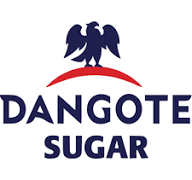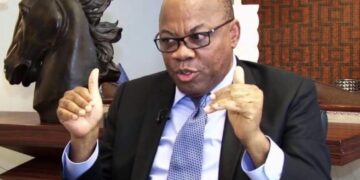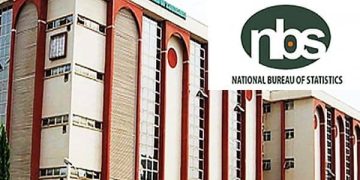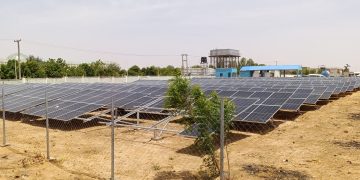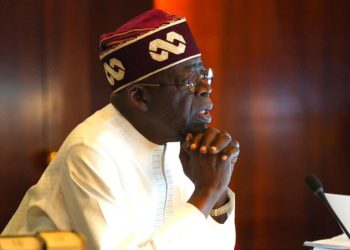The Central Bank of Nigeria (CBN), following its most recent Monetary Policy Committee (MPC) meeting, announced its decision to maintain the Monetary Policy Rate (MPR) at 27 percent. This decision arrives at a pivotal moment for Nigeria’s economy, where signs of easing inflation are becoming more visible, yet uncertainty still looms over the broader macroeconomic environment. The move reflects a calculated response from the central bank—one that carefully balances the need to preserve the fragile progress made in containing inflation while supporting a gradual economic recovery.
To understand the significance of this decision, it is essential to consider the policy path taken earlier in the year. For much of 2025, the CBN maintained a consistently tight monetary stance, keeping the MPR elevated at 27.50 percent in the first half of the year. By mid-2025, inflation in Nigeria continued to pose challenges, driven by food supply constraints, foreign exchange volatility, and global commodity price pressures. As a result, earlier MPC meetings leaned strongly toward monetary tightening or holding policy steady to avoid fueling further inflationary pressure. This approach was evident in decisions such as the May and July 2025 meetings, where the MPR and other policy tools like the Cash Reserve Ratio and Liquidity Ratio were left unchanged.
A shift emerged in September 2025, when the CBN implemented a modest cut of 50 basis points, bringing the MPR down from 27.50 to 27.00 percent. That reduction marked the first rate cut since 2020 and signaled a cautiously optimistic outlook from policymakers. It suggested that the central bank recognized early signs of cooling inflation and wanted to encourage lending, investment, and broader economic activity without compromising stability. Along with the rate cut, the CBN adjusted the interest-rate corridor around the MPR, narrowed standing facility margins, and kept liquidity requirements stable—changes that indicated a strategic move toward a more supportive policy stance.
Against this backdrop, the decision to retain the MPR at 27 percent in the latest meeting reflects continuity rather than stagnation. One major reason for holding the rate steady is the gradual decline in inflation. By October 2025, headline inflation had eased to around 16 percent, offering hope that the worst of the price surges may be behind the country. Still, inflation remained well above the CBN’s comfort zone, and policymakers have repeatedly emphasized the danger of easing monetary conditions prematurely. Maintaining the rate at its current level signals a commitment to ensuring that disinflation becomes sustained rather than temporary.
The decision also highlights the CBN’s preference for cautious optimism. Although indicators suggest improving economic conditions, the bank recognizes that Nigeria’s recovery remains vulnerable. Volatility in the foreign exchange market, global economic uncertainty, and domestic supply-side bottlenecks continue to pose risks. In this environment, a premature or aggressive rate cut could reignite inflation, destabilize the exchange rate, or undermine investor confidence. By holding the rate steady and adjusting supporting facilities, the CBN signals that it remains supportive of growth but unwilling to jeopardize stability.
Another crucial factor influencing the decision is the central bank’s desire to maintain financial and currency market stability. Nigeria’s FX market has shown signs of improvement, but it remains sensitive to shifts in global capital flows, oil revenue fluctuations, and speculative pressures. A stable policy rate helps anchor expectations in these markets and fosters confidence among foreign investors, portfolio managers, and domestic financial institutions. The CBN’s strategy appears focused on building a predictable environment where businesses and investors can make long-term decisions without fear of abrupt policy swings.
The implications of retaining the MPR at 27 percent are multifaceted. In the short term, high borrowing costs are likely to persist, limiting the ability of households and firms to take on new loans. While this may slow credit expansion, it aligns with the CBN’s inflation-targeting objective. At the same time, the decision supports market sentiment by reinforcing the bank’s commitment to disciplined monetary policy. The banking sector may also experience improved liquidity, given the adjusted standing facility corridor that makes excessive deposit placements at the central bank less attractive.
Over the medium and long term, the success of the CBN’s strategy will depend largely on external conditions and domestic reforms. If inflation continues to decline, Nigeria may be poised for a more accommodative monetary environment in the near future. However, if inflationary pressures re-emerge—driven by energy costs, food price shocks, or FX instability—the central bank may have limited room to maneuver. The balancing act between supporting growth and controlling inflation will remain at the core of policy decisions.
In conclusion, the CBN’s decision to keep the Monetary Policy Rate at 27 percent reflects a deliberate and carefully calibrated strategy. It underscores a commitment to sustaining the progress made against inflation while acknowledging the need for patience before more aggressive easing can occur. The decision communicates stability, discipline, and caution—qualities that are especially important in an economy navigating both domestic challenges and global uncertainties. As inflation continues to ease and economic indicators stabilize, the central bank may gradually shift toward further easing, but for now, the message is clear: the fight against inflation remains a priority, and the CBN intends to strike a balance between economic support and monetary prudence.






